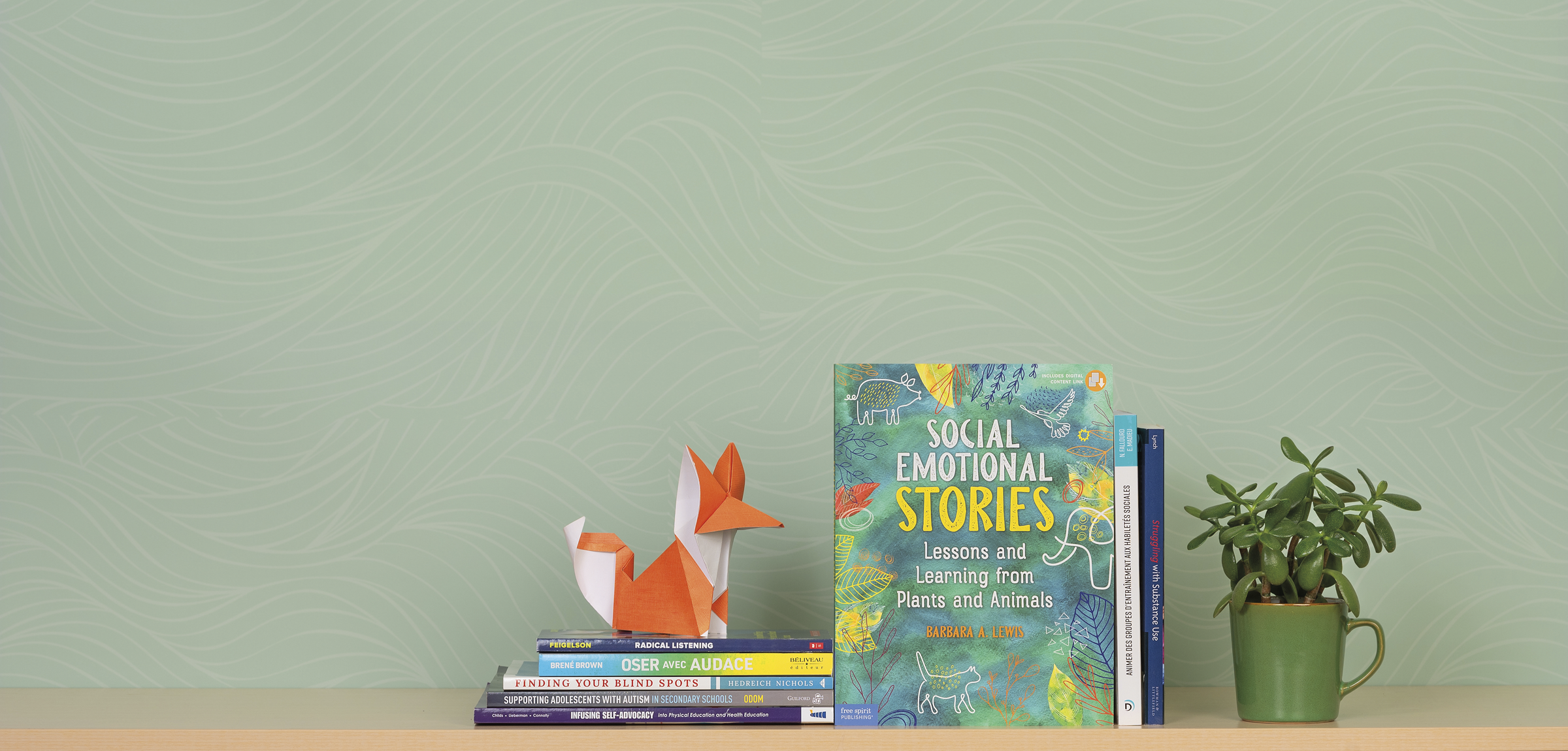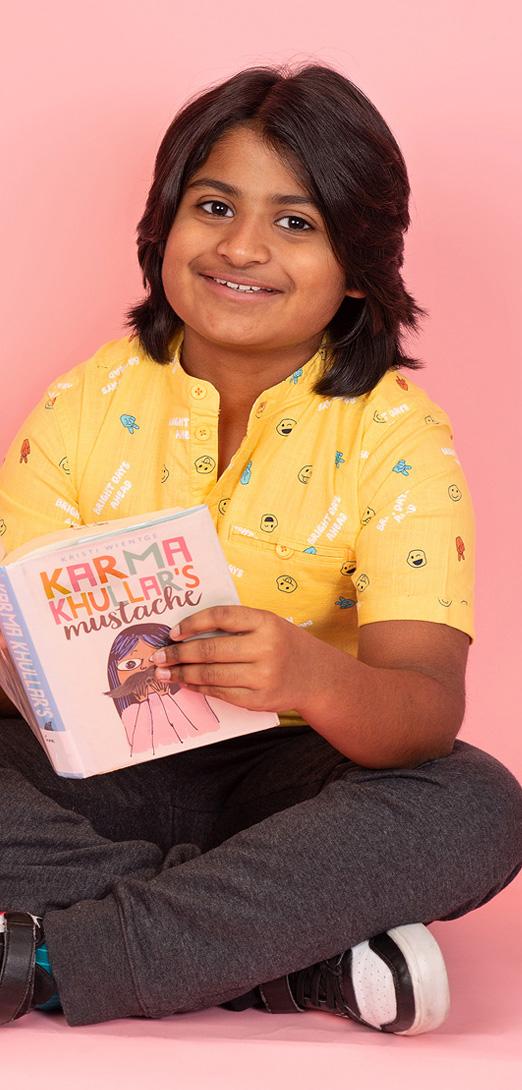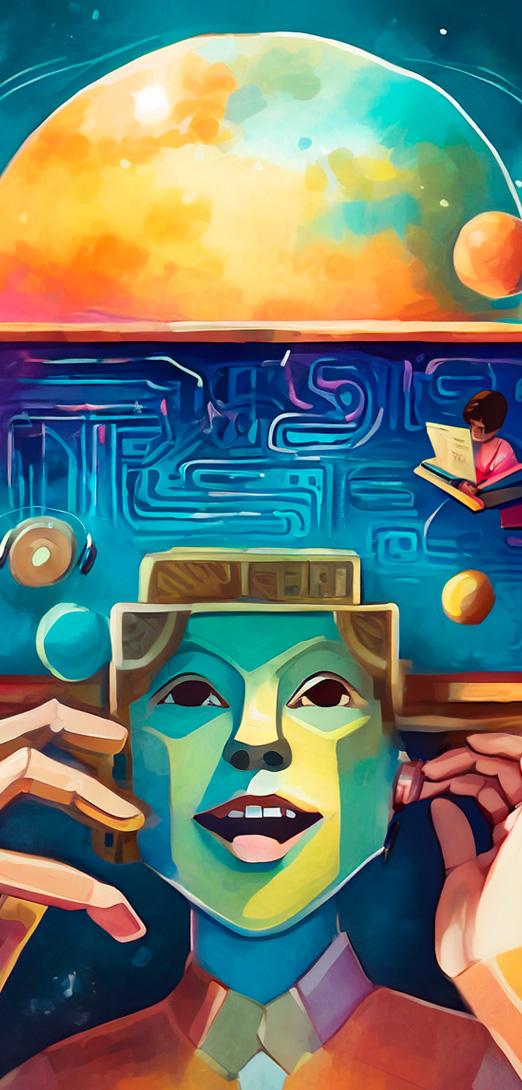Have you ever used your ATA library? If not, you should give it a try. Books, DVDs, robots and more delivered right to your doorstep with return postage paid by us. Great teaching resources are waiting for you. Contact us at library@ata.ab.ca.
- Radical Listening: Reading and Writing Conferences to Reach All Students
Active listening is the key to developing rubrics, feedback and guidance for students. In this book, teachers will find useful strategies for developing active listening skills to use in reading and writing conferences.
- Oser avec audace
L’auteure de ce livre explique comment le courage d’être vulnérable transforme notre façon de vivre, d’aimer, d’être un parent et leadeur.
- Finding Your Blinds Spots: 8 Guiding Principles for Overcoming Implicit Bias in Teaching
We all have biases toward and against certain things. When we are aware of our biases, we can consciously compensate for them. When biases are hidden, even to ourselves, they can have unanticipated impacts on our students. This great book gives teachers the tools to search out and identify their hidden biases so that they can better reach all students in the classroom.
- Supporting Adolescents with Autism in Secondary Schools
The mix of teenage hormones and autism is a daunting challenge for students and their teachers. This book explains the research-based strategies developed by the Center on Secondary Education for Students with Autism Spectrum Disorders (CSESA) to support students through the difficult transition in and out of adolescence and high school.
- Infusing Self-Advocacy into Physical Education and Health Education
Self-advocacy is one of the most important skills a student can learn, and this useful book outlines how teachers can help students learn to speak up as well as to know their rights, their responsibilities and how to do research to advocate for their position.
- Social Emotional Stories: Lessons and Learning from Plants and Animals
Teachers can use the lessons and activities that accompany the stories to support young students in developing healthy self-esteem and positive character.
- Animer des groupes d’entrainement aux habiletés sociales
Cet ouvrage est un véritable guide pratique avec des conseils relatifs à la mise en place d’un groupe thérapeutique. Il contient des outils pédagogiques « prêts à l’emploi » et adaptables aux âges ou au niveau cognitif des enfants et adolescents.
- Struggling with Substance Use: Supporting Students’ Social Emotional Learning
Substance abuse among students rarely happens without co-occurring disorders. Author Deborah Lynch argues that teachers need awareness of the presentation of this abuse in the classroom and evidenced-based strategies for supporting these students in their learning journeys.
Your colleagues recommend
Sinead Dullaghan
Daring Greatly: How the Courage to Be Vulnerable Transforms the Way We Live, Love, Parent, and Lead by Brené Brown. I would recommend it because it reminds you that it’s important to open yourself up to being vulnerable.
Shawna Watt
Is Everyone Really Equal? by Özlem Sensoy and Robin DiAngelo. This book offers an introduction to key concepts in social justice education. It will really challenge your beliefs about privilege, intersectionality and oppression.
Carmen Fandino
How Not To Be Wrong: The Power of Mathematical Thinking by Jordan Ellenberg. This book is a great read to build understanding of why math touches everything we do.
Katrina Lynn
Where the Crawdads Sing by Delia Owens. So good. Could not put it down. A little mystery, a little love. Set in the 1960s in North Carolina. Gave it a 5/5 star rating.
Melissa McQueen
Delicious Foods by James Hannaham. This novel deals with human trafficking and is told from two perspectives: the son of a woman who has gone missing, and the woman’s internal monologue led by the drugs that she is taking. The language is a bit more forceful, but the imagery, voices, mood and themes are very distinct and incredibly engaging. It's my favorite book.



